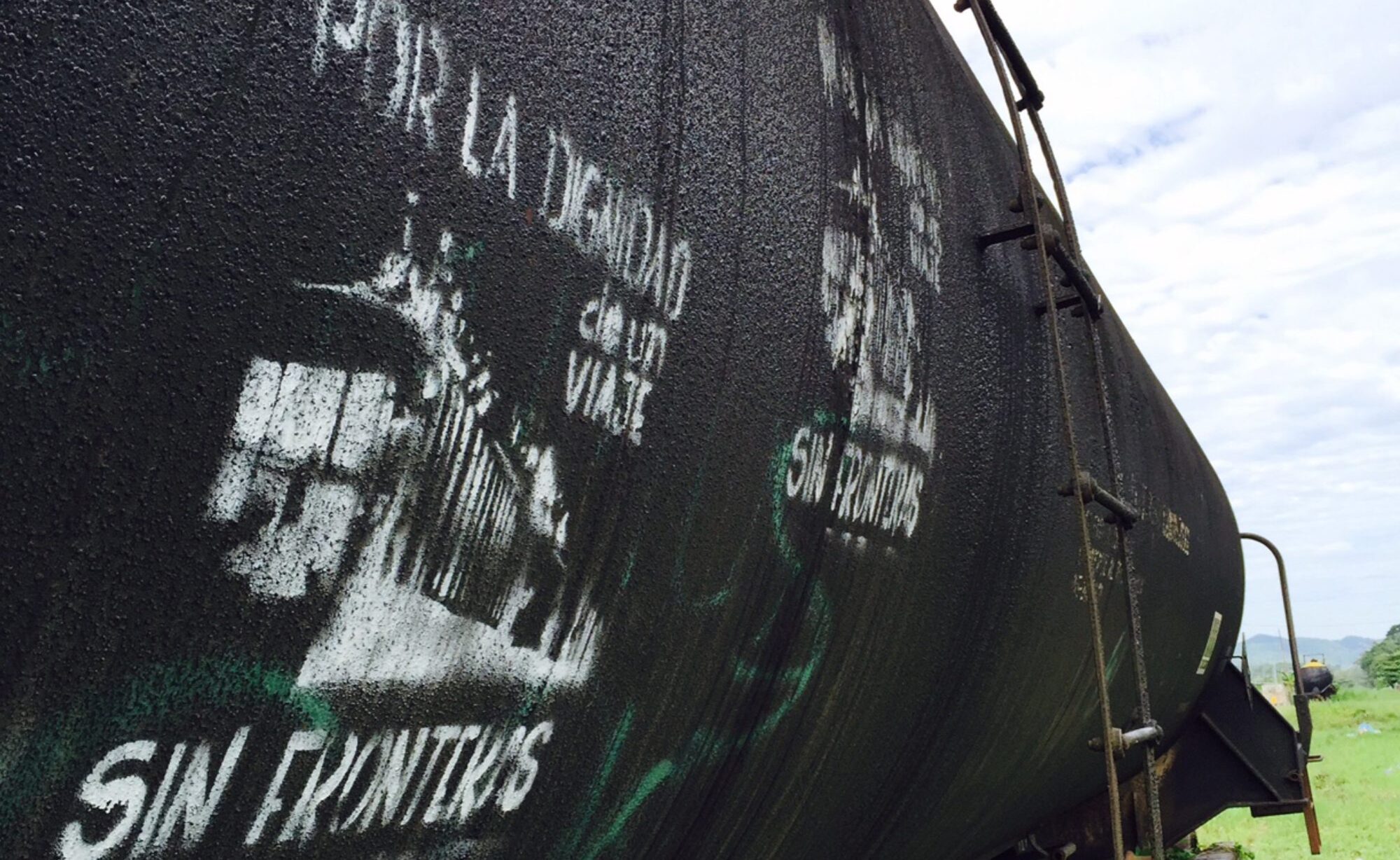The United States has 60,000 border guards, more than double the size of Ecuador’s army.
On October 8, Tucson police officers pulled over a driver because the light above his license plate wasn’t working. When he didn’t present a license, a typical scenario unfolded: Under Arizona’s infamous SB 1070 law, cops become de facto immigration enforcement agents.
Simply put, the state’s “papers, please” measure obligates police to rely on “reasonable suspicion” to determine if someone possesses the proper documents to be in the United States.
But police officers don’t actually make immigration-related arrests. Instead, they call the U.S. Border Patrol. The October 8 incident marked just one of 50,000 such referrals that happen yearly in Tucson. The same Arizona immigration bill that former Department of Homeland Security (DHS) head Janet Napolitano called “misguided,” is enabled by her agency’s collaboration with Arizona’s local police forces.
Read the rest here: http://truth-out.org/news/item/19769-the-border-patrols-out-of-control-growth
This article originally appeared in OtherWords.
